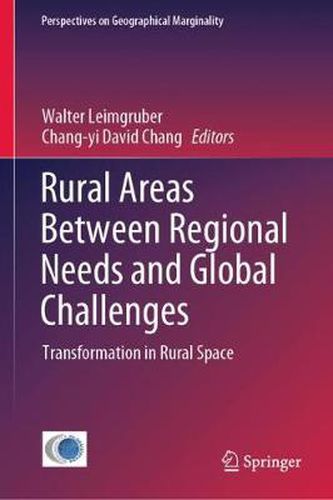Readings Newsletter
Become a Readings Member to make your shopping experience even easier.
Sign in or sign up for free!
You’re not far away from qualifying for FREE standard shipping within Australia
You’ve qualified for FREE standard shipping within Australia
The cart is loading…






This book provides an up-to-date account of the many processes shaping and transforming rural space in various parts of the world. The various case studies focus on the multi-functionality of the rural world and the driving forces behind it. The book demonstrates that rural areas are no longer simply characterized by an agricultural economy, and instead accommodate multiple complementary activities. It also touches upon two major changes that have taken place. The first is the process of rurbanization, which has led to the clear distinction between town and countryside becoming blurred: urban traits have penetrated rural areas, and rural traits have invaded towns. The second change is that rural areas are increasingly seen as multi-functional, providers not only of food and other natural resources but also locations for the generation of renewable energy (wind farms, solar farms, biogas) and regions for the preservation of biodiversity. These transformations have resulted in a new understanding and self-image of rural areas and their populations.
$9.00 standard shipping within Australia
FREE standard shipping within Australia for orders over $100.00
Express & International shipping calculated at checkout
This book provides an up-to-date account of the many processes shaping and transforming rural space in various parts of the world. The various case studies focus on the multi-functionality of the rural world and the driving forces behind it. The book demonstrates that rural areas are no longer simply characterized by an agricultural economy, and instead accommodate multiple complementary activities. It also touches upon two major changes that have taken place. The first is the process of rurbanization, which has led to the clear distinction between town and countryside becoming blurred: urban traits have penetrated rural areas, and rural traits have invaded towns. The second change is that rural areas are increasingly seen as multi-functional, providers not only of food and other natural resources but also locations for the generation of renewable energy (wind farms, solar farms, biogas) and regions for the preservation of biodiversity. These transformations have resulted in a new understanding and self-image of rural areas and their populations.